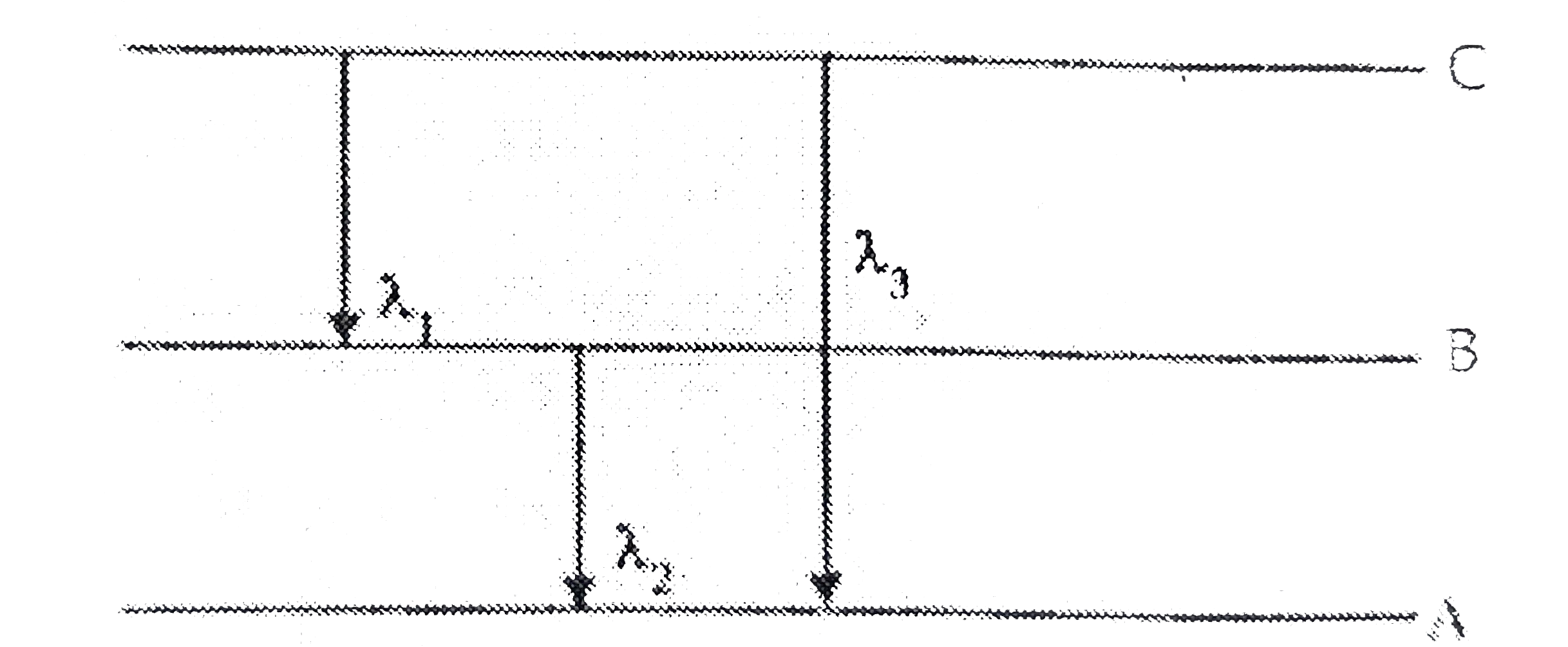In Bohr's stationary orbits:
electrons do not move
electrons move emitting radiations
energy of the electron remains constant
angular momentum of the electron is h/2π
Step by step video & image solution for In Bohr's stationary orbits: by Chemistry experts to help you in doubts & scoring excellent marks in Class 11 exams.
Updated on:21/07/2023Topper's Solved these Questions
Similar Questions
What is the interpretation of Bohr's stationary orbit's in terms of the Broglie wavelength of the electron in that orbit ?
View SolutionQuestions|Important Postulates Of Niels Bohr Atomic Theory|Mathematical Interpretation Of BMA|Calculation Of Radius & Energy Levels Of Hydrogen Atom|Calculation Of Radius Of Bohr's Orbit|The Velocity Of Electron In Bohr's Stationary Orbits|Total Energy Of Electron In Bohr's Stationary Orbits|Merits Of Bohr's Theory|Some Important Terms Related To Energy|Questions|OMR
View Solution
Knowledge Check
An electron from one Bohr stationary orbit can go to next higher orbit:
Aby emission of electromagnetic radiationBby absorption of any electromagnetic radiationCby absorption of electromagnetic radiation of particular frequencyDwithout emission or absorption of electromagnetic radiationIn the Bohr's hydrogen atom model, the radius of the stationary orbit is directly proportional to (n = principal quantum number)
An−1BnCn−2Dn2In the Bohr's hydrogen atom model, the radius of the stationary orbit is directly proportinal to (n= principle quantum number)
An−1BnCn−2Dn2
State Bohr's quantum condition for stationary orbits in terms of de-Broglie wavelength.
View SolutionIf radius of third stationary orbit (in Bohr's atom) is R. Then radius of fourth orbit will be
View Solution(i) State Bohr's quantization condition for defining stationary orbits . How does de- Broglie hypothesis explain the stationary orbits ?
(ii) find the relation beween the three wavelengths
λ1,λ2 and λ3 from the energy level diagram shown :

View SolutionShow that d-Broglie hypothesis of matter wave supports the Bohr's concept of stationary orbit.
View SolutionAccording to Bohr's theory speed of an electron in a stationary orbit is related to n as
View Solution
